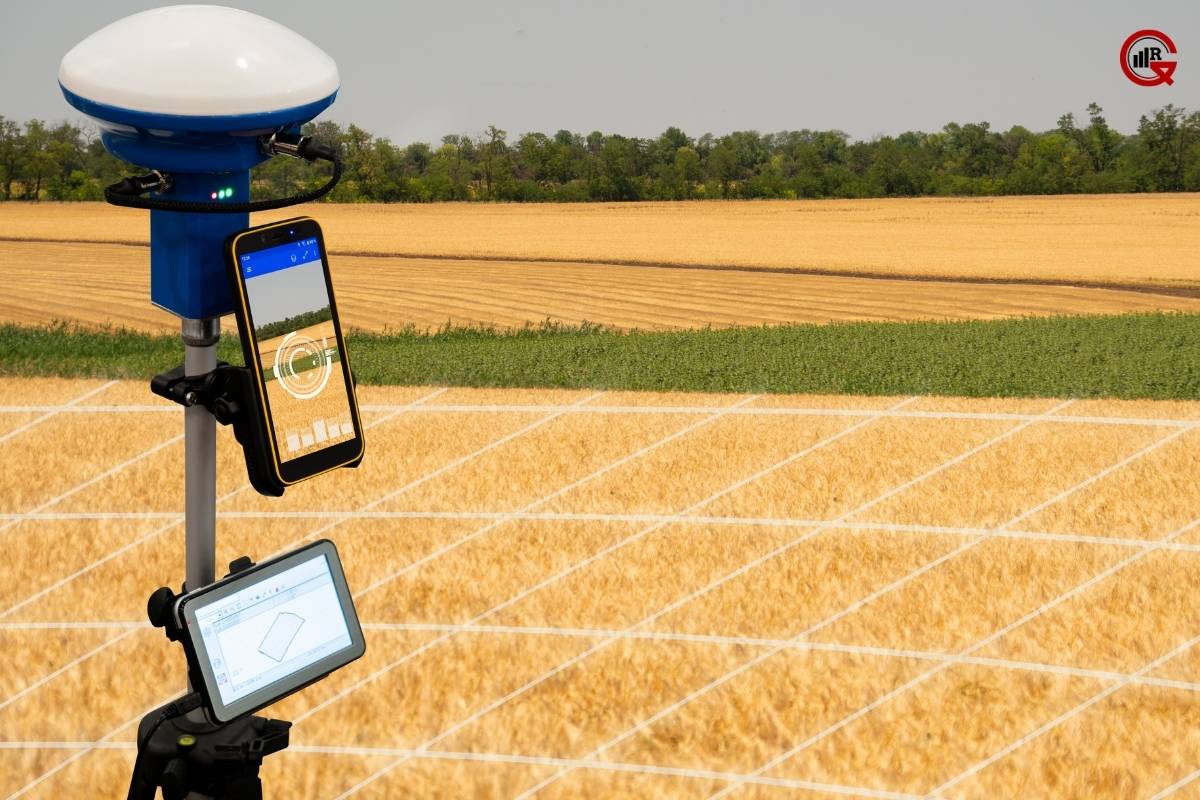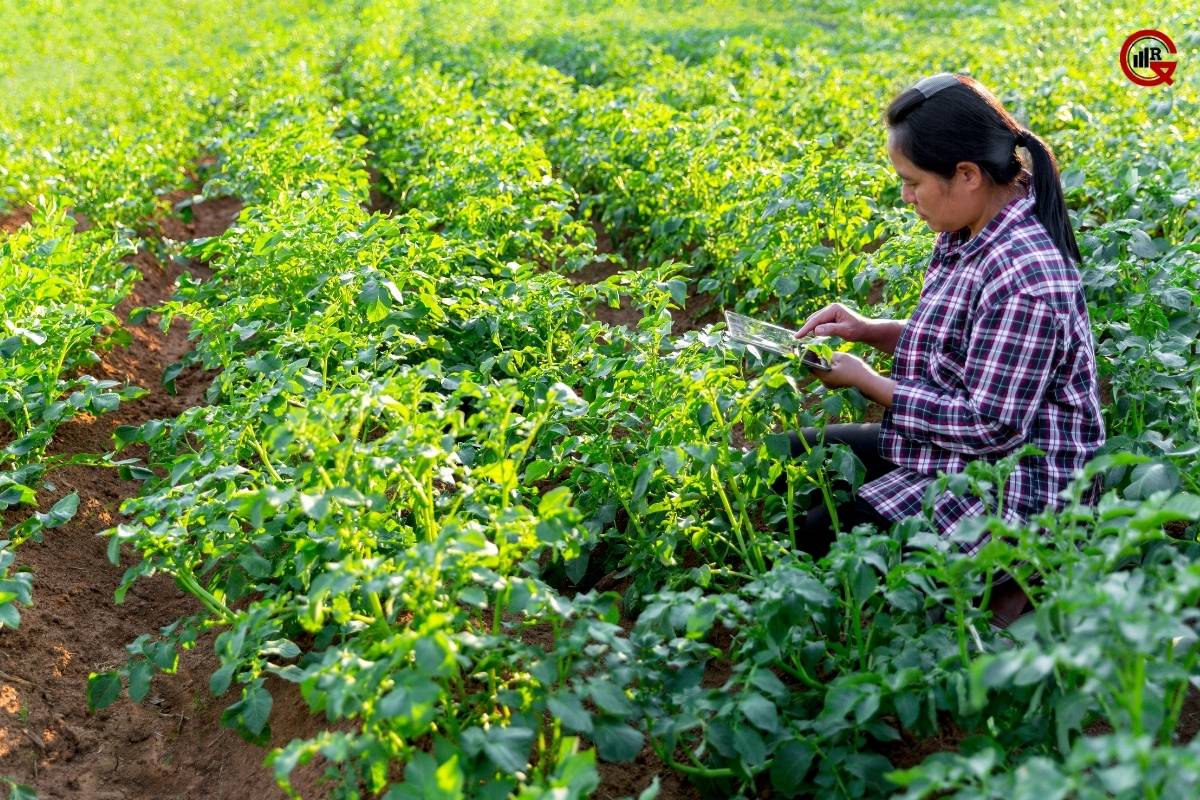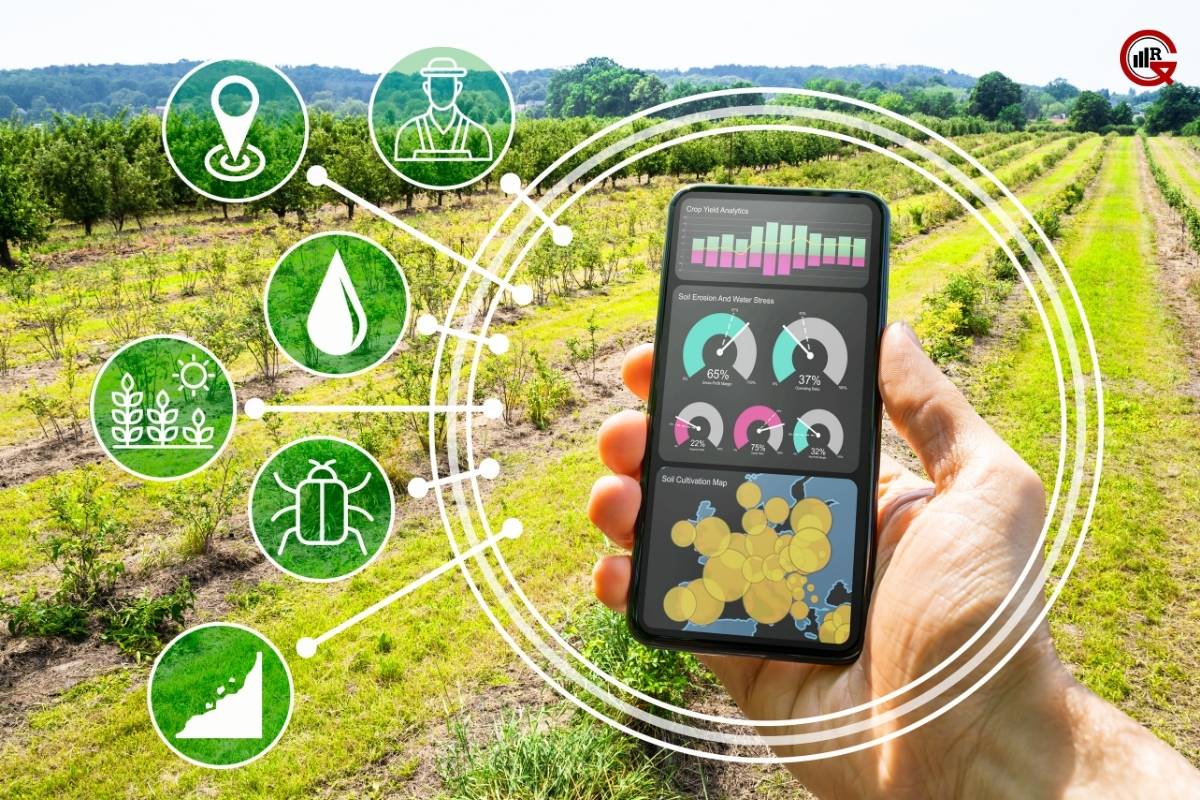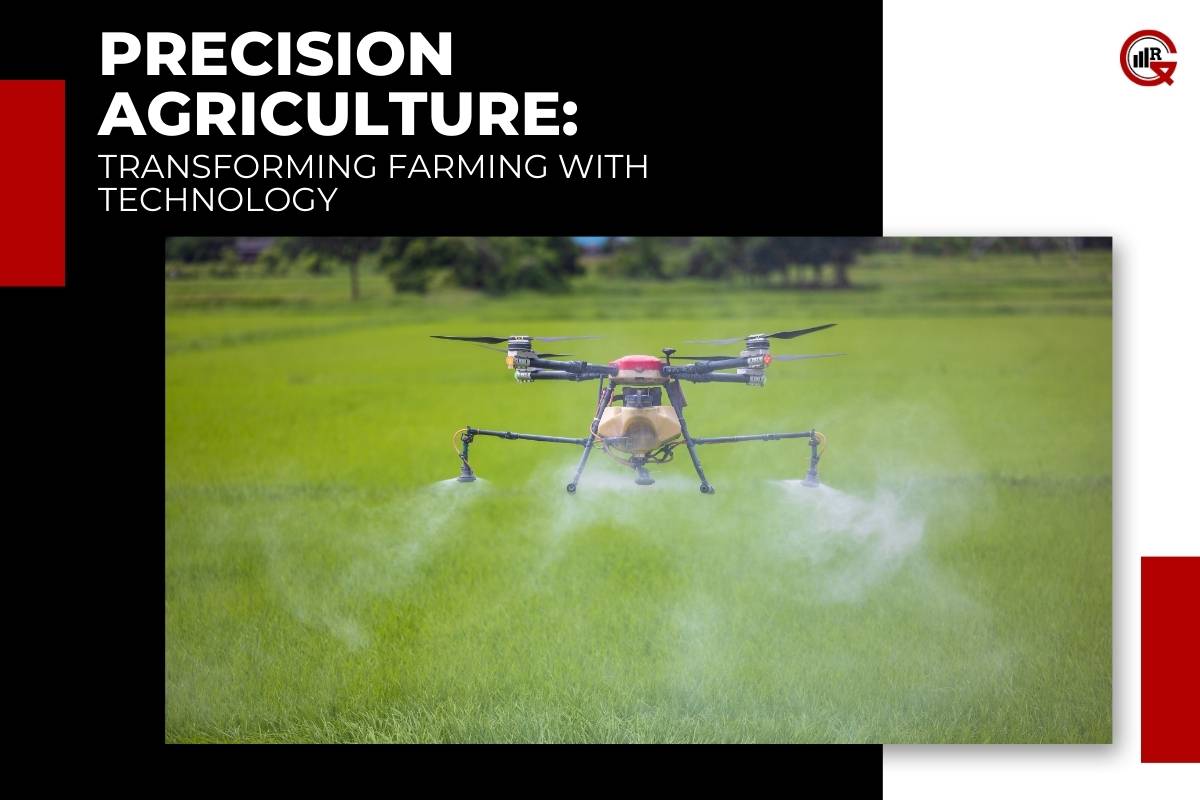Precision agriculture (PA), also known as precision farming or smart farming, is a farming management concept that uses technology to optimize crop yields, reduce waste, and enhance sustainability. By leveraging a combination of data analytics, sensors, GPS technology, and automation, agriculture enables farmers to make informed decisions and manage their resources more efficiently. In this comprehensive guide, we’ll explore the principles, benefits, challenges, and prospects of precision agriculture.
Principles of Precision Farming:
1. Data-Driven Decision Making
PA relies on the collection and analysis of data from various sources, including soil samples, weather forecasts, satellite imagery, and crop sensors. By harnessing this data, farmers can gain insights into soil health, crop growth patterns, pest infestations, and other factors affecting agricultural productivity. This data-driven approach enables farmers to make informed decisions about planting, irrigation, fertilization, and pest control, optimizing resource allocation and maximizing yields.
2. Site-Specific Management

One of the key principles of precision farming is site-specific management, which involves tailoring farming practices to the unique characteristics of each field or crop. By using GPS technology and GIS mapping, farmers can create detailed maps of their fields, identifying variations in soil composition, moisture levels, and topography. This allows farmers to implement targeted interventions, such as variable-rate fertilization and irrigation, to address specific needs and optimize crop growth.
3. Remote Sensing and Monitoring
Precision agriculture relies heavily on remote sensing technologies, such as drones, satellites, and aerial imagery, to monitor crop health, detect anomalies, and assess field conditions. These tools provide farmers with real-time information about crop growth, pest outbreaks, and environmental factors, allowing for timely interventions and proactive management strategies. Remote sensing also enables farmers to monitor large areas of land more efficiently and cost-effectively than traditional scouting methods.
4. Automation and Robotics
Automation plays a significant role in precision farming, with technologies such as autonomous tractors, robotic harvesters, and precision planting equipment streamlining farm operations and reducing labor costs. These automated systems can perform tasks such as planting, spraying, and harvesting with precision and consistency, minimizing human error and optimizing efficiency. By automating repetitive tasks, farmers can focus their time and resources on higher-value activities, such as crop management and decision-making.
Benefits of Precision Agriculture:
1. Increased Efficiency and Productivity
One of the primary benefits of precision farming is increased efficiency and productivity. By optimizing resource allocation, minimizing waste, and implementing targeted interventions, precision farming can significantly enhance crop yields and farm profitability. Studies have shown that precision farming practices can improve yields by up to 25% while reducing input costs and environmental impact.
2. Resource Conservation
PA promotes sustainable farming practices by minimizing the use of water, fertilizers, pesticides, and other inputs. By applying inputs only where and when they are needed, farmers can reduce waste, conserve natural resources, and minimize environmental pollution. PA also helps to preserve soil health and biodiversity by reducing erosion, nutrient runoff, and soil compaction.
3. Improved Crop Quality

Precision farming enables farmers to monitor crop health and quality more closely, leading to higher-quality produce with fewer defects and inconsistencies. By optimizing growing conditions, managing pests and diseases, and controlling environmental variables, farmers can produce crops that meet market standards and consumer preferences. This can lead to increased marketability, higher prices, and greater customer satisfaction.
4. Risk Management
Precision farming helps farmers mitigate risks associated with weather variability, pests, diseases, and market fluctuations. By using real-time data and predictive analytics, farmers can anticipate potential threats and implement preventive measures to protect their crops and livelihoods. Precision farming also provides farmers with insurance against crop losses and market volatility, improving financial stability and resilience.
Challenges and Future Prospects:
1. Cost and Accessibility
One of the main challenges of precision farming is the cost of implementing and maintaining the necessary technologies and infrastructure. While precision agriculture offers significant long-term benefits, the upfront investment can be prohibitive for small-scale farmers or those operating in developing countries. Additionally, issues related to data ownership, privacy, and connectivity may limit access to precision farming tools and services in rural or remote areas.
2. Data Integration and Interoperability
Another challenge facing precision agriculture is the integration and interoperability of data from different sources and platforms. With the proliferation of sensors, drones, and farm management software, farmers may struggle to manage and analyze disparate data streams effectively. Ensuring compatibility and standardization across platforms is essential for maximizing the value of precision farming and facilitating data-driven decision-making.
3. Regulatory and Ethical Considerations
Precision farming raises ethical and regulatory questions related to data privacy, intellectual property rights, and environmental stewardship. Farmers must navigate complex legal frameworks and regulations governing the use of drones, satellite imagery, and biotechnology in agriculture. Additionally, concerns about data security, surveillance, and algorithmic bias require careful attention to ensure that precision agriculture benefits society while minimizing risks and unintended consequences.
4. Technological Advancements

Despite these challenges, the future of precision agriculture looks promising, with ongoing advancements in technology and innovation driving the development of new tools and solutions. Emerging technologies such as artificial intelligence, machine learning, and blockchain hold the potential to revolutionize precision farming by enhancing data analytics, improving decision support systems, and fostering greater transparency and traceability in the food supply chain.
Conclusion: Harnessing the Power of Precision Agriculture
In conclusion, precision agriculture represents a transformative approach to farming that harnesses the power of technology to optimize productivity, sustainability, and resilience. By embracing data-driven decision-making, site-specific management, remote sensing, automation, and robotics, farmers can unlock new opportunities for efficiency, profitability, and environmental stewardship. While challenges remain in terms of cost, accessibility, data integration, and regulatory compliance, the ongoing advancements in technology and the growing adoption of precision farming solutions offer hope for a more efficient, sustainable, and resilient food system. By working collaboratively across sectors and embracing innovation, farmers, policymakers, and industry stakeholders can harness the full potential of precision agriculture to address the challenges of feeding a growing global population while protecting our planet for future generations.
Also Read: Advances In Agriculture Sensor Technologies






